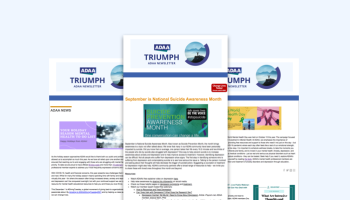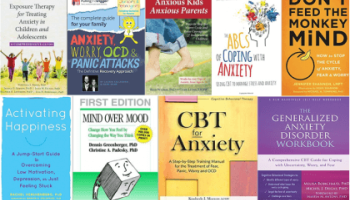Preparing Your ADAA Conference Submission: Tips for Writing a Strong Abstract
Preparing Your ADAA Conference Submission: Tips for Writing a Strong Abstract

1. Know the conference theme.
Every year, ADAA's annual conference has a theme. Be sure to consider how your submission may fit within the conference theme, and reference this in your submission!
2. Establish your target audience.
Make it clear who you are hoping will benefit from and attend this conference presentation. Is your target audience clinicians? Researchers? Early career professionals? Tailor your learning objectives to that audience and be explicit about what you hope your audience will gain from your symposia, workshop, or roundtable. Your presentation doesn't have to interest every group, but it should be broad enough that you can expect to garner a large audience of interested folks!
3. Have a clear take home message.
Abstracts are meant to be a snapshot of what you plan to share at the conference. You don't have a lot of space to go into great detail about your work. Whether you are proposing a research or clinically-focused presentation, be sure that the reader can clearly understand your key takeaways. Think about what you want to be sure the reviewer knows at the end of reading your submission. What is the why? Why is this research, discussion topic, or training important?
And remember, not every person who reviews your abstract will have specific expertise in your area - don't overuse acronyms or jargon. Make it easy for the reader to identify your take home message.
4. Proofread your abstract before you submit.
This may sound simple, and it is - proofread your abstract! Once you've written your proposal, give yourself some time away from it (even just 15 minutes) before you re-read it for proofing. Coming back to it with a fresh set of eyes can help you catch small errors that you may have missed when writing your draft.
If you can, ask someone else to read it, too! Having a mentor, colleague, or trainee read your abstract before you submit can also help to both catch errors and check that your message it clearly communicated.
5. Review the conference submission criteria.
Finally, before you start writing, review the conference scoring criteria and requirements for the type of proposal you plan to submit.












